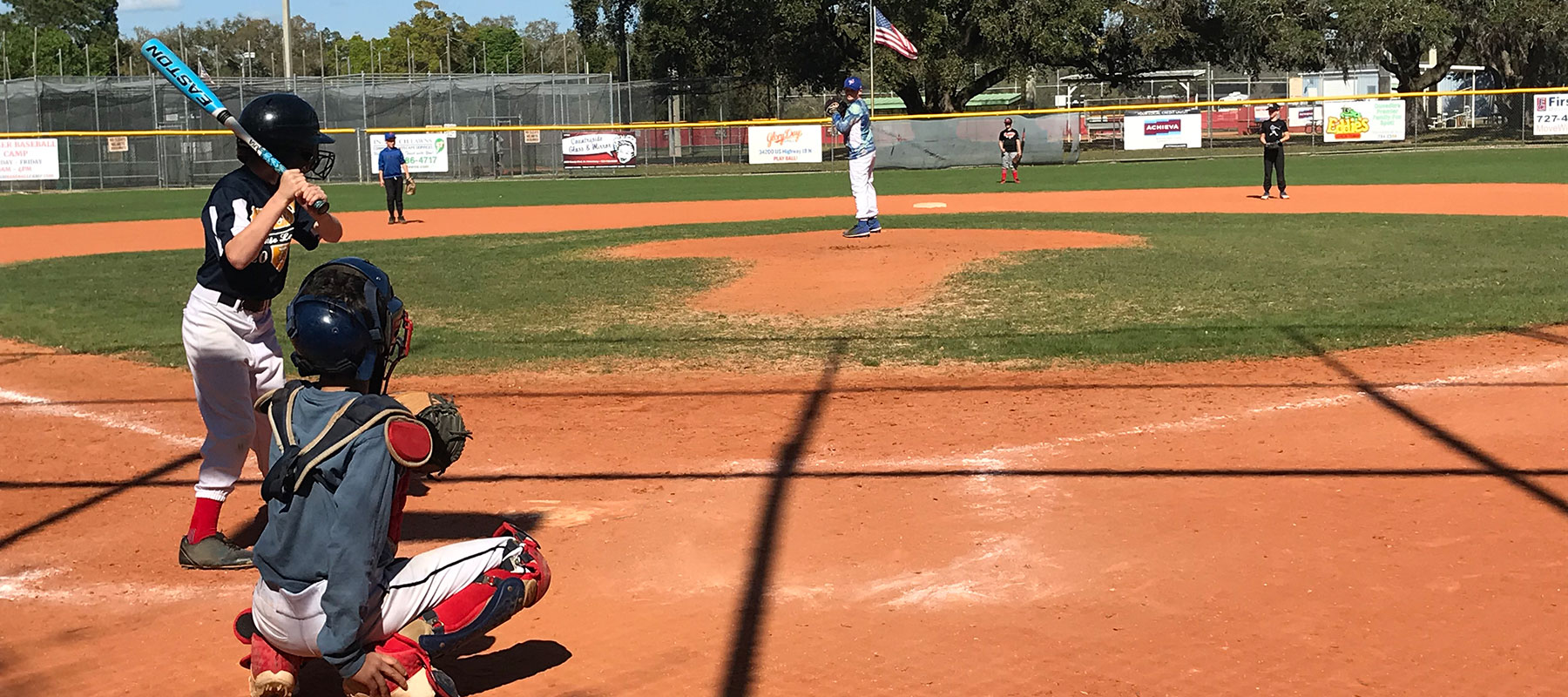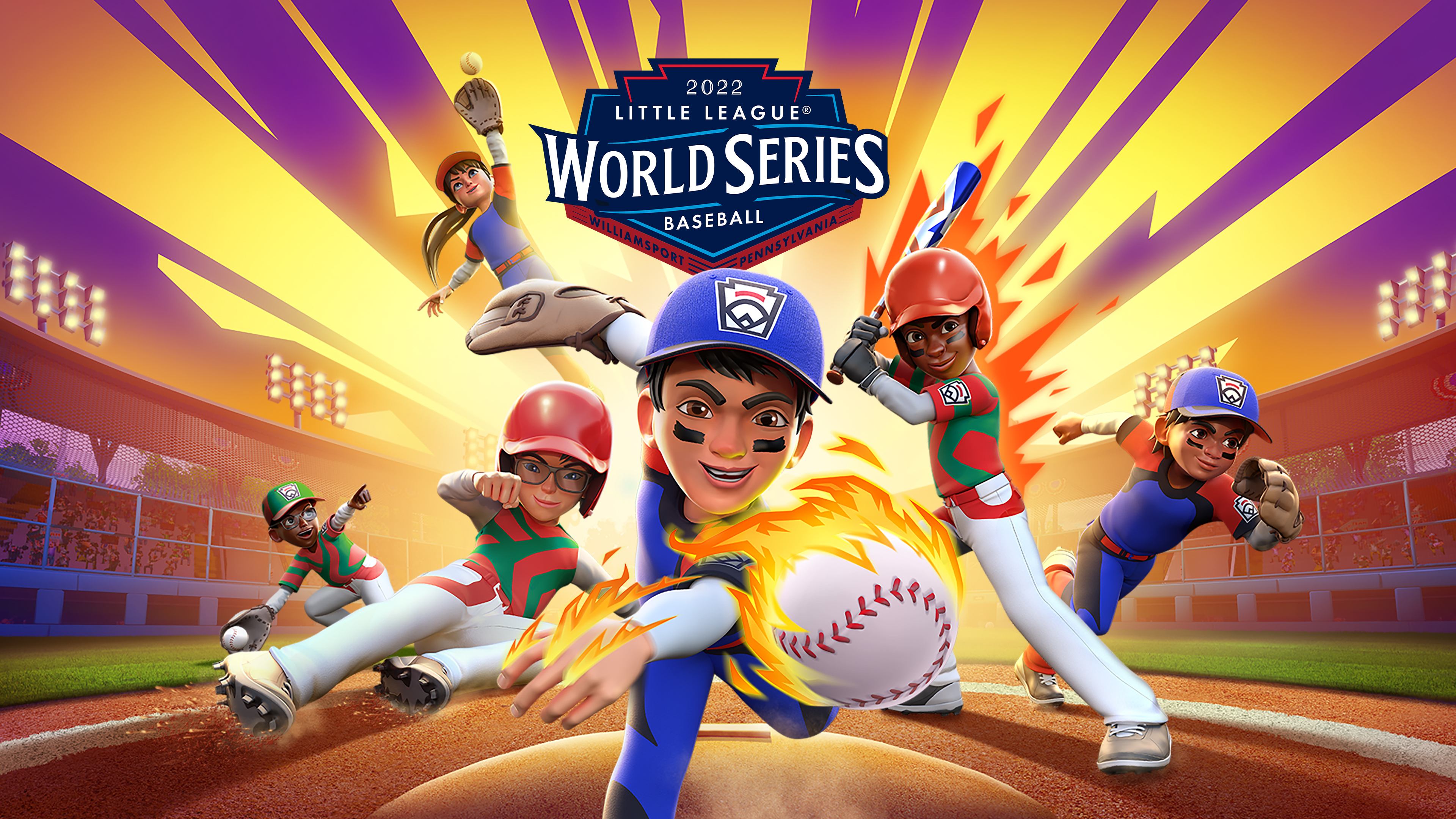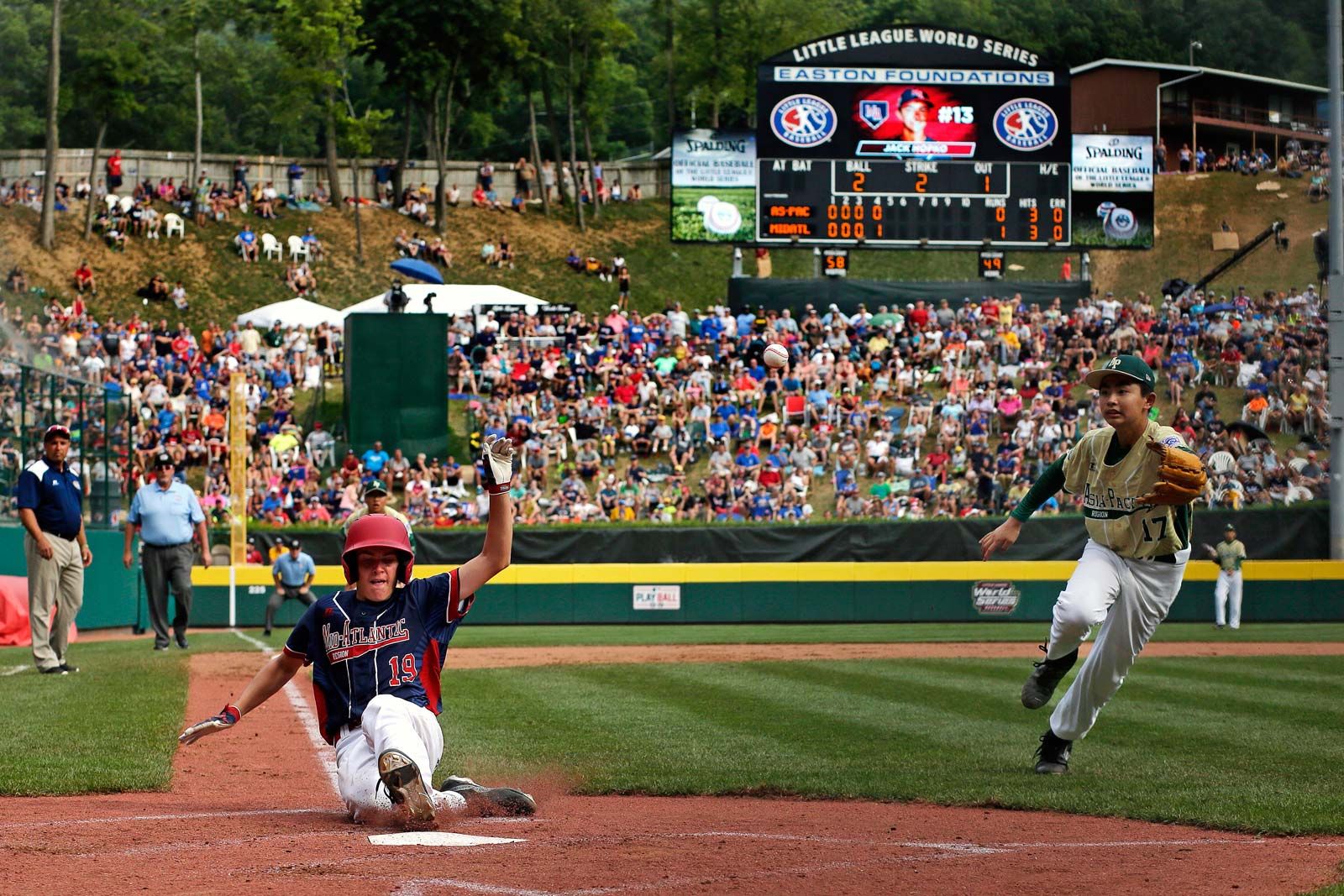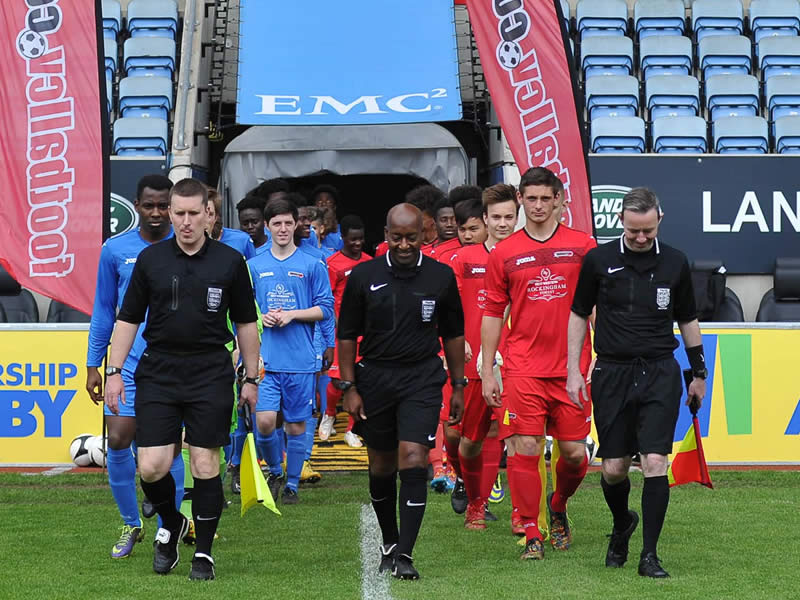A Little League baseball game typically lasts for around two hours, including warm-up and breaks. Little League baseball games are known for their relatively short duration, lasting around two hours, which includes warm-up time and breaks.
These games provide an exciting display of skill and teamwork among young athletes. With a focus on player development and fair play, Little League Baseball has become a popular youth sports program worldwide. Whether it’s a local league game or the highly anticipated Little League World Series, these games offer young players an opportunity to showcase their talent on the field while learning important life skills such as sportsmanship and perseverance.
Let’s further explore the elements that make a Little League baseball game a thrilling and memorable experience.

Credit: www.littleleague.org
Factors Affecting The Length Of A Little League Baseball Game
Little League baseball is an exciting sport that brings together young athletes to showcase their skills and sportsmanship. The length of a Little League game can vary depending on several factors, such as time limitations and the number of innings played. Understanding these factors can give both players and spectators a better idea of how long a game might last. Let’s take a closer look at each of these factors:
One key factor that affects the duration of a Little League baseball game is the time limit imposed. Little League games typically have a time limit to ensure that matches can be played efficiently and that all teams have a fair opportunity to compete. The specific time limit for a game can vary based on the league, level of play, and age group. In some cases, a game may have a set duration of, for example, 1 hour and 30 minutes. This time limit includes the time taken for warm-ups, pre-game ceremonies, innings played, and any necessary breaks.
It’s important to note that if a game reaches the time limit before all innings are completed, the game is often considered “official” and the score at that point is recorded as the final score. This helps ensure that games progress within a reasonable time frame, especially in cases where there are multiple games scheduled at a particular field or venue.
Another significant factor that impacts the duration of a Little League baseball game is the number of innings played. An inning is a division of the game in which both teams have a chance to bat and field. In most Little League games, teams play a set number of innings, typically ranging from 4 to 6. The exact number of innings can depend on various factors, including the level of play, the age group, and any league-specific rules.
Each inning consists of both teams having the opportunity to bat and field, with the goal of scoring runs and preventing the opposing team from scoring. The time taken to complete each inning can vary depending on factors such as the number of runs scored, the efficiency of the pitchers, and the defensive plays made by both teams. Therefore, the more innings played, the longer the game is likely to last.
Summary
In summary, the duration of a Little League baseball game depends on various factors, including time limitations and the number of innings played. Time limits are imposed to ensure games progress efficiently, while the number of innings determines the overall length of the game. By considering these factors, both players and spectators can better plan their time and enjoy the thrilling experience of Little League baseball.

Credit: www.nintendo.com
Time Limitations
Little League baseball games are a fun and exciting way for young athletes to develop their skills and enjoy the sport. However, it’s important for parents, coaches, and players to understand the time limitations that are imposed on these games. In this article, we will delve into the time restrictions for both regular season games and tournament games.
Regular Season Games
In regular season Little League games, time limitations are in place to ensure that games are played efficiently and to keep the schedule on track. The duration of these games may vary depending on the age division and level of play.
Typically, standard Little League games are played through six innings. However, there are time limits put in place to ensure that the games do not go on indefinitely. Here is a breakdown of the time limits for regular season games:
| Age Division | Time Limit |
|---|---|
| Majors (10 to 12 years old) | 2 hours |
| Minors (9 to 10 years old) | 1 hour 45 minutes |
| Coach Pitch (6 to 8 years old) | 1 hour 30 minutes |
It’s important to note that the time limit does not include any additional time needed for completing an inning that has already started. If the game reaches the time limit before the inning is completed, the game will continue until the inning is finished. However, once the inning is completed, the game will end regardless of the remaining time.
Tournament Games
When it comes to tournament games, the time limitations are typically more strict compared to regular season games. This is to ensure that the tournament progresses smoothly and allows for multiple games to be played within a given timeframe.
The exact time limits for tournament games may vary depending on the specific tournament rules and regulations. However, a common standard for tournament games is a 1 hour and 45-minute time limit. Similar to regular season games, if the game reaches the time limit before an inning is completed, the game will continue until the current inning is finished.
Tournament games require a higher level of focus and intensity, so it’s essential for players and coaches to manage their time wisely and make the most of the limited playing time.
In conclusion, Little League baseball games have time limitations in place for both regular season games and tournament games. Understanding these time restrictions is crucial for all parties involved to ensure a fair and efficient playing experience. By adhering to the time limits, Little League players can learn valuable lessons about time management, teamwork, and sportsmanship.
Number Of Innings
When it comes to Little League baseball games, one of the questions that often arises is how long they typically last. To answer this question, we need to look at the number of innings played in a standard Little League game and the possibility of extra innings.
Standard Little League Game
A standard Little League game consists of six innings, with each team having the opportunity to bat and field for three innings each. In each inning, the teams take turns batting and fielding, with the goal of scoring runs while trying to prevent the opposing team from doing the same.
Typically, each inning consists of three outs for each team. An out is recorded when a batter strikes out, is caught out by a fielder, or is tagged out while running the bases. Once three outs are recorded, the teams switch roles, and the other team gets a chance to bat and field.
In a well-played, evenly matched Little League game, six innings can take anywhere between 1 and 2 hours to complete. The duration may vary depending on various factors like the number of pitches thrown, the number of hits, the quality of pitching and fielding, and the overall pace of the game.
Extra Innings
On certain occasions, a Little League game may go into extra innings. This happens when the game ends in a tie after the completion of six innings. Extra innings are played to determine a winner when necessary.
During extra innings, each team continues to bat and field until one team emerges victorious. The game continues until a predetermined number of innings have been played or until one team has a lead after a complete inning.
The number of extra innings played depends on the league rules and the officials’ decisions. Often, a maximum number of innings is set to ensure that games do not become overly long. This limit varies among different Little League organizations but is typically capped at one or two additional innings.
Overall, while a standard Little League game lasts for six innings, the possibility of extra innings can extend the duration of the game. However, parents and players can expect a typical game to last around 1 to 2 hours, making it a manageable length for young athletes and their families to enjoy.

Credit: www.littleleague.org
Frequently Asked Questions On How Long Is A Little League Baseball Game?
Q: How Long Does A Little League Baseball Game Usually Last?
A: The average duration of a Little League baseball game is around two hours, but this can vary depending on factors like player skills, level of competition, and weather conditions.
Q: What Is The Maximum Length Of A Little League Baseball Game?
A: According to the official rules, no new inning can start after two hours and thirty minutes from the game’s official start time, ensuring games do not go on indefinitely.
Q: How Many Innings Are Played In A Little League Baseball Game?
A: Little League baseball games typically consist of six innings, providing a balanced and enjoyable experience for young players while allowing for enough time to complete the game.
Q: Are Little League Games Always Played Until Completion?
A: In most cases, yes. Little League games are typically played until completion, ensuring fairness and the opportunity for both teams to play a full game and fully develop their skills.
Conclusion
The duration of a Little League baseball game can vary depending on several factors. Factors such as the skill level of the players, the age group, and the specific league rules can all influence the length of the game. Typically, Little League games can last anywhere from one to two hours.
However, it is important to note that some games may extend beyond this timeframe. It is essential for players, coaches, and parents to have a clear understanding of the factors that can affect game duration to ensure an enjoyable experience for all involved.

General Manager & Auditorial Head.
Killian Jake is a World Sports Traveler and hobbyist sports lover. By exploring different sorts of playing modules like indoor, outdoor, and many more. As for professionalism and writing, it’s helpful to give you the right suggestions on different games and sports.





